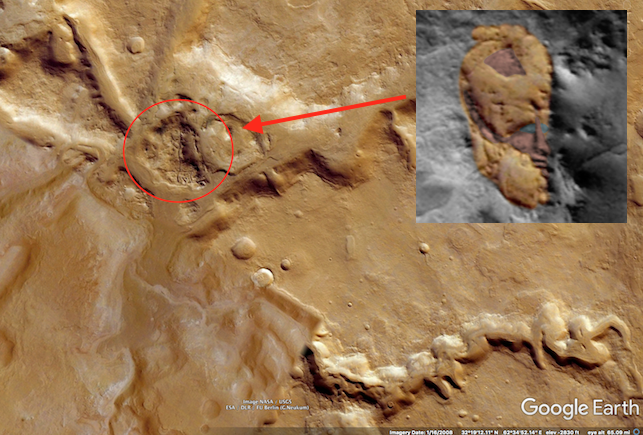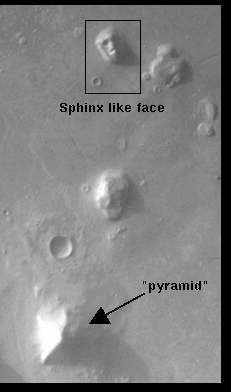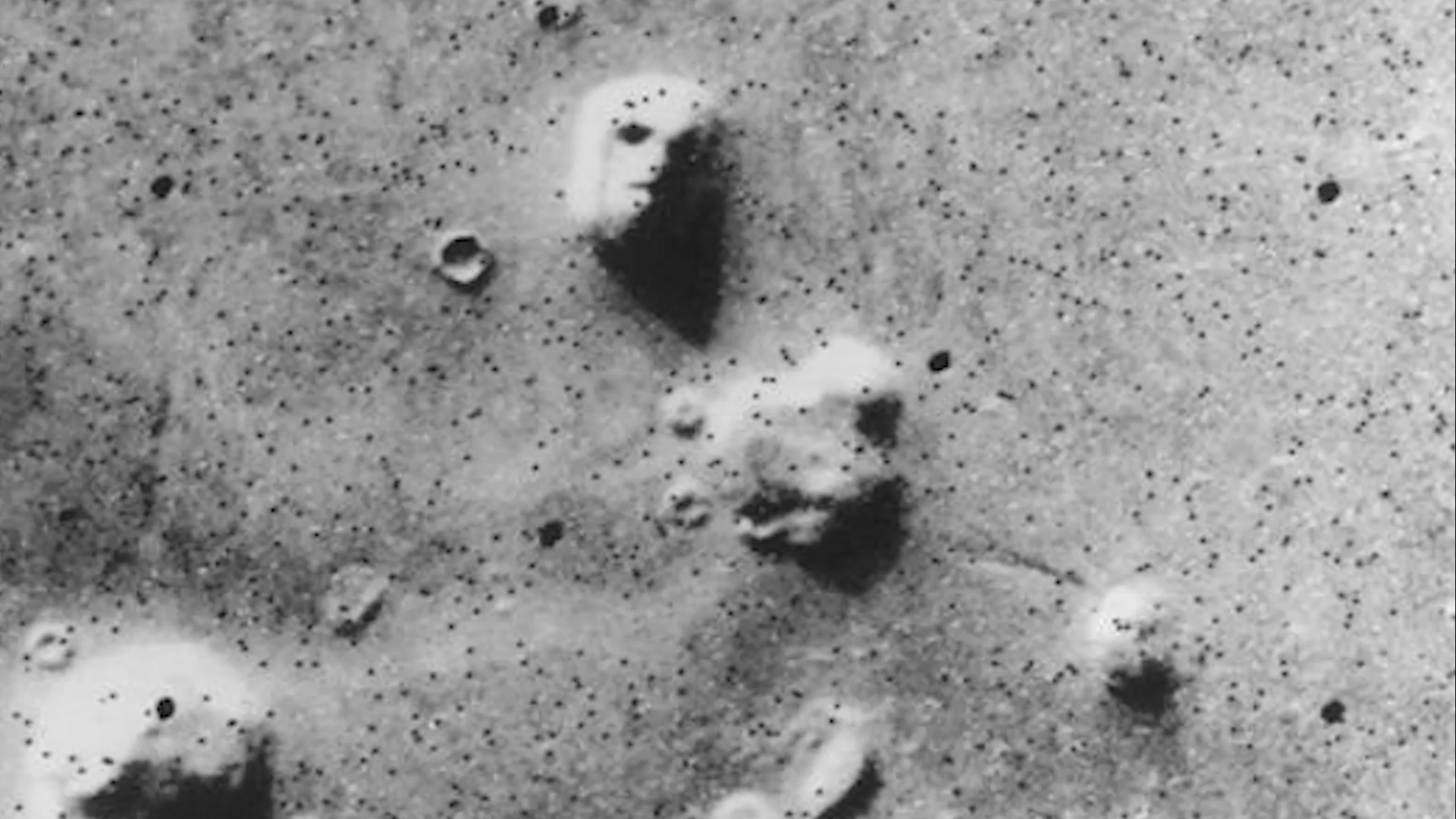

This means that it is now 23:08 () in Mars and 22:08 () in Cairo. The time difference between Mars (Europe/Kiev) and Cairo (Africa/Cairo) is -1 hours. Many translated example sentences containing president, Board of Trustees French-English. The shortest route between Mars and Cairo is according to the route planner. The shortest distance (air line) between Mars and Cairo is 1,508.82 mi ( 2,428.22 km). It is located in Turkey, Kocaeli, Gebze (Türkiye, Kocaeli, Gebze). Reviewer Jean Zimmerman says the book is 'the work of a master storyteller. The geographic midpoint between Mars and Cairo is in 754.41 mi ( 1,214.11 km) distance between both points in a bearing of 171.84°. Thomas Kenneally's new novel, The Daughters of Mars, follows two Australian sisters who become nurses in World War I. The initial bearing on the course from Mars to Cairo is 171.84° and the compass direction is S. Similar flight routes: MSQ → ETM, MSQ → HRG, MSQ → TLV, MSQ → AMM, KBP → CAI Bearing: 171.84° (S) This corresponds to an approximate flight time of 3h 20min. A composition close to the opposition showing the difference of detail between 5 different filters. The flight distance between the nearest airports Mars ( MSQ) and Cairo ( CAI) is 1,504.27 mi ( 2,420.89 km). These findings cast new light on the origin of the Kaaba, and the author suggests that it may have been built originally as an architectural representation of an early Arab cosmology.Flight route: 1,504.27 mi ( 2,420.89 km) (3h 20min) The reason for using astronomical horizon phenomena to face the Kaaba was that the Kaaba itself is astronomically aligned, a fact known in the medieval period but only rediscovered a few years ago. In these sources, astronomical risings and settings were advocated for the qibla. This paper addresses the question: what means were used in practice? The answer is contained in texts on folk astronomy, in which celestial phenomena are discussed without recourse to theory or computation, and texts on the sacred law, in which the qibla is always discussed because of its fundamental importance in Islamic practice. But these were not the only means used for finding the qibla, a fact immediately apparent from the orientation of medieval mosques, which in general do not face Mecca as they are supposed to. They even compiled tables displaying the qibla as an angle to the local meridian for each degree of latitude and longitude difference from Mecca. They treated it as a problem of mathematical geography and they produced highly sophisticated trigonometric and geometric solutions.

Muslim astronomers from the 9th century onwards dealt with the determination of the qibla, as the sacred direction is called in Arabic. Muslims face this direction in prayer and during various other ritual acts. In Islam the sacred direction is towards Mecca, or more precisely, towards the sacred Kaaba in Mecca. Why is it then that the Great Mosque of Cór-doba, established in the 780s, faces the deserts of Algeria rather than the deserts NASA also named region with the infamous face and very visible pyramids on Mars. Dear all, today, I would like to talk about the city of Cairo, the capital of Egypt.

Change ), You are commenting using your Google account. Summary In Muslim practice mosques should face the qibla, that is, the sacred direction toward the sacred Kaʿba in Mecca. Cairo is an uncommon first name for men but a very popular last name for all people (15583 out of 150436, Top 10). Historically, this name refers to that monastery built there in the 7th century CE. The Arabic word Deir el-Bahari translates to the northern monastery in English. Later during the eighteenth dynasty, Amenhotep I and Hatshepsut also constructed monuments at this site. So in medieval terms the Mosque could indeed have been thought to be facing the Kaʿba. The construction of this temple started in the 21st century BC. In the case of the Great Mosque of Córdoba, it was a suburban Roman street-plan, revealed by excavations only some 20 years ago, which defined the qibla-axis of the Mosque, and this happened to be one of the several qibla-directions favoured in al-Andalus. Nevertheless some of the earliest mosques, as in Jerusalem and Damascus, were aligned with pre-Islamic religious edifices or complexes.

From the 9 th century onwards, mainly directions based on geographical data and mathematical procedures were used to align mosques towards Mecca. However, now that we have some control over the medieval textual sources relating to the Kaʿba and to the qibla, we can see that in the first two centuries of Islam, and occasionally also long thereafter, astronomical horizon phenomena were used to face the Kaʿba, itself astronomically aligned. This is also true of many other medieval mosques. The Great Mosque at Córdoba does not face Mecca as we moderns think it should.


 0 kommentar(er)
0 kommentar(er)
